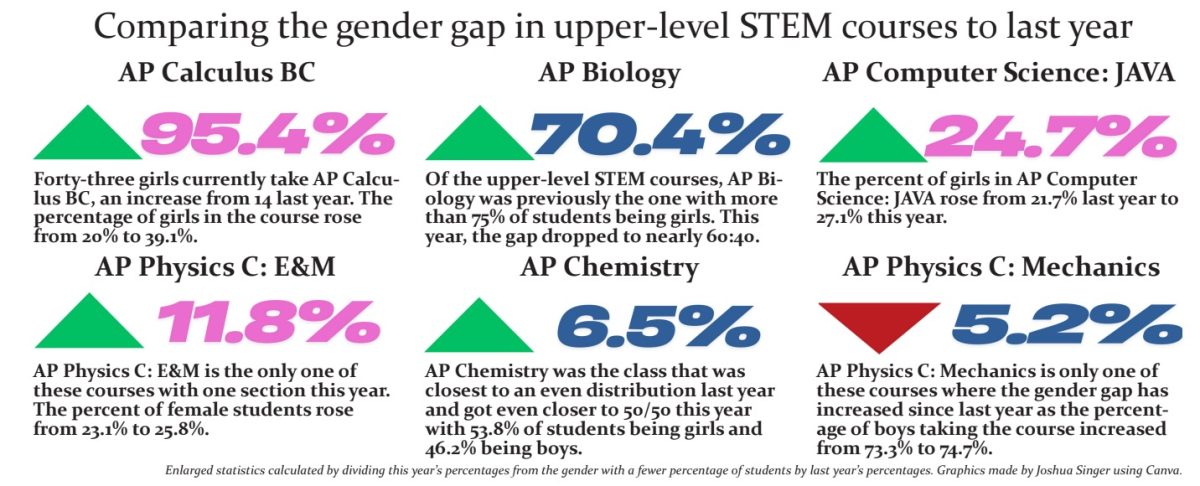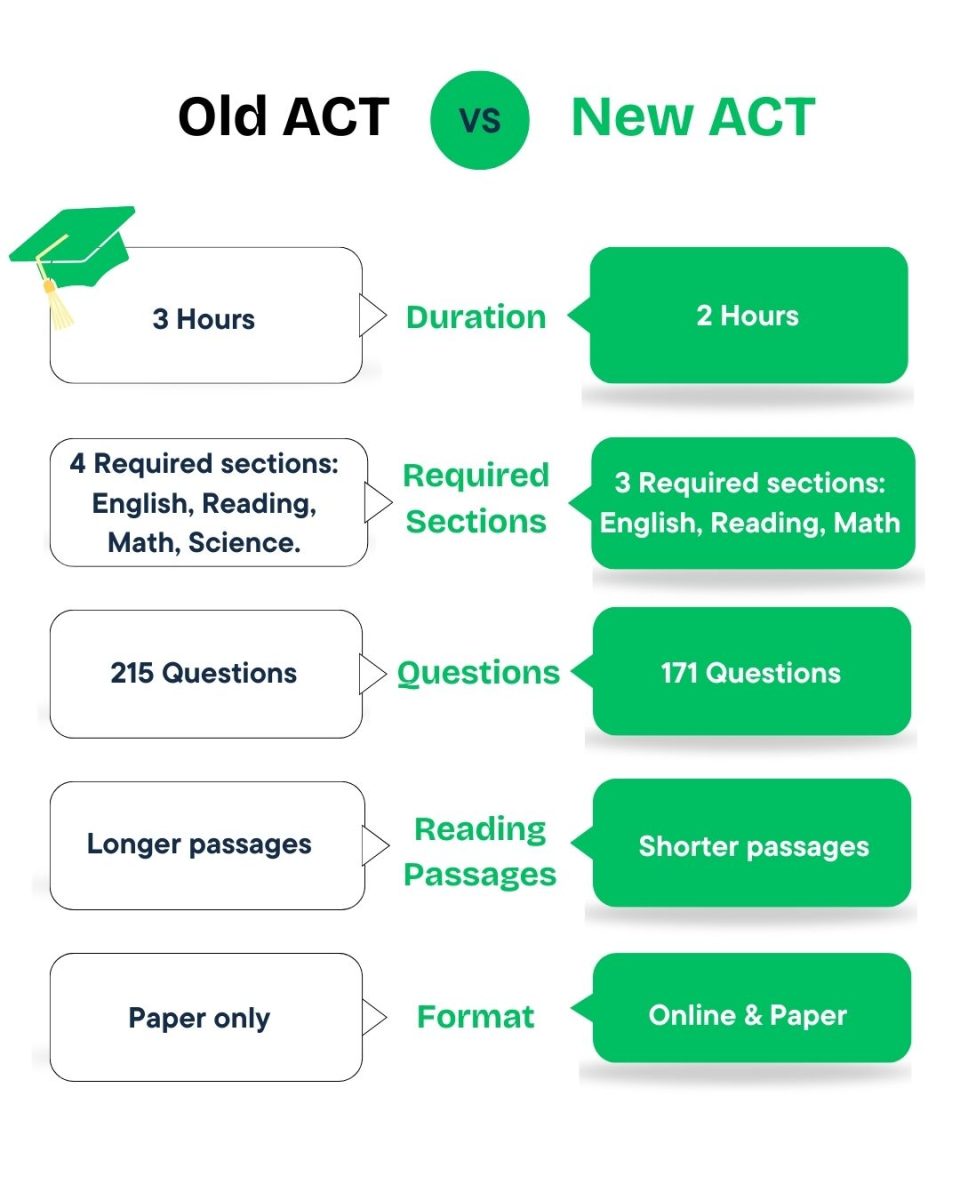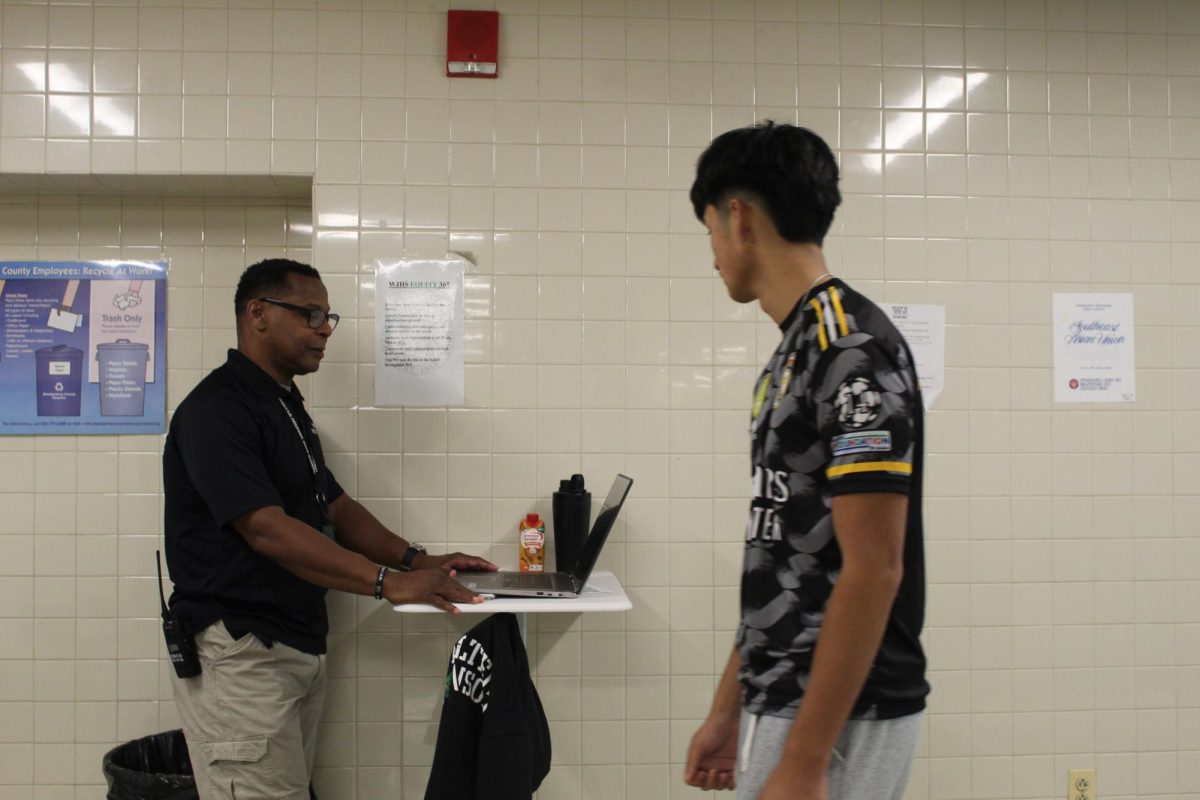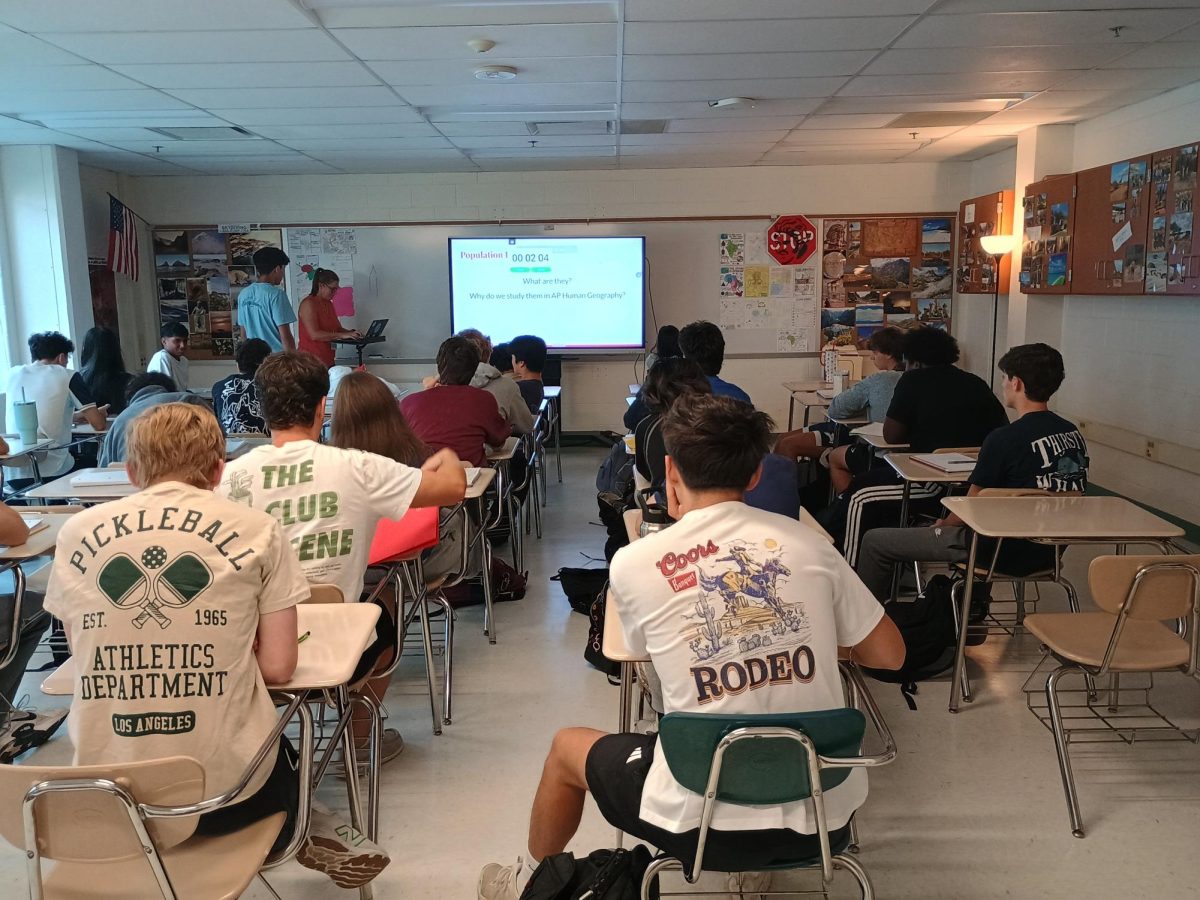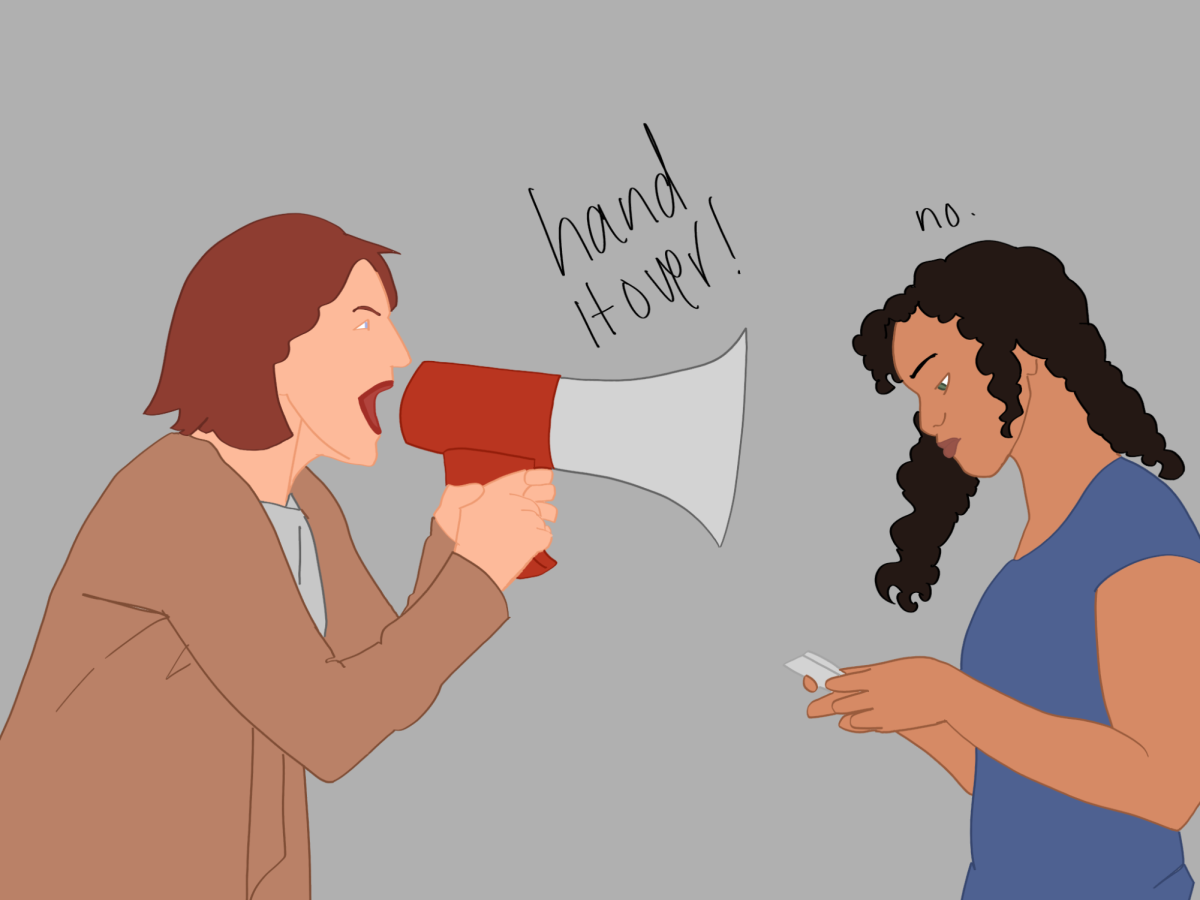There’s four girls in a soccer class. Four out of nearly 40 students. They could’ve taken yoga, but they wanted to play soccer. They go through the entire semester either passing the ball amongst themselves on the sideline, being pushed into goalie or just being put as a defender. They either switch out second semester, or soldier on. The teacher docks points off of the boys for poor sportsmanship but that doesn’t dissuade them from avoiding the girls like the plague
As a society, we have come a long way from burning women at the stake just for speaking against men. Women have also gained more job opportunities in “male dominated” careers and are protected under the same rights provided to men. Legally, everyone is the same (to a certain degree). But, we haven’t escaped gender biases that have plagued society for millennia.
Education systems were historically designed with gendered expectations in mind reflecting broader societal roles. Boys were trained to be leaders, innovators and breadwinners. Girls were prepared for nurturing, caregiving and domestic responsibilities. Education has changed significantly since then, affording women the same opportunities as men.
The classes with the most disparities in the girl to boy ratio are the P.E. classes, specifically specialized classes like soccer, basketball and yoga. Girls tend to take yoga and dance instead of soccer and basketball, and the few girls who are in these more competitive P.E. classes either don’t participate unless forced to, aren’t passed to, or are given easy wins.
“P.E. is all guys, at least the soccer and the basketball classes I’ve taken,” senior Jakob Lindsay said. “In basketball, people let girls win sometimes.”
There’s only four girls in all second semester basketball classes and 17 in all soccer classes. In yoga, 94.8% of students are girls. The main difference between the basketball, soccer and yoga classes is that yoga is considered to be a laid back class that requires less physical exertion.
Similar disparities are also shown in STEM classes in WJ. Last year, between AP Physics C: Mechanics and E&M, AP Calculus BC and AP Java, girls made up a minority of the class. The only exception being AP Biology where there previously had been significantly more girls than boys.
“There’s a lot more males that go into STEM fields, and I feel like there’s been pushes to try to get that to change,” AP Statistics teacher Kevin Parrish said. “It probably has to change at a lower level than even at high school, when kids are in elementary school, middle school, trying to get them more excited about those types of things. I think by the time you get to high school, especially like a math class, it’s hard to be like, ‘if you’re not interested in math, now you should become interested in math.’”
However, the gap is slowly decreasing in these classes.
The numbers prove it. The percentage of girls in AP Chemistry classes has typically been close to 50-50 in recent years. Among the biggest improvements this year compared to last year are Java and AP Calculus BC. Last year, girls made up 21.7% of the class. this year, it rose to 27.1%. AP Calculus BC increased from 20% to 39.1%.
Teachers play a big role in these statistics, as their recommendations for the following year have a significant influence on what classes students choose to take. But what’s equally important is how the teachers set the tone during the school year.
Junior Chaerin Brzostowski takes Honors Statistics with teacher Erin Besch. One thing she found to help bridge the gap was group work.
“There’s lots of group work, everybody’s interacting with each other,” Brzostowski said.
Group work is important within the classroom, for one because it encourages people who don’t usually talk to each other to get to know their peers. It also teaches students to value everyone’s input. Creative projects encourage all students to explore without worrying about anything other than a grade and group work could be implementations to consider. Other possible solutions include reworking the counselors’ registration slideshows to encourage equitable class signups.
When talking about gender inequalities, most assume that it only impacts girls over boys. However, that isn’t the case. Society may label a boy disruptive for talking during class while labeling girls as sociable for the same behavior. Some teachers may favor boys over girls or vice versa, allowing each group to get away with something that would otherwise warrant a negative reaction.
Gender disparities affect everyone, and the way we treat this subject should be handled delicately yet firmly. It’s 2025 and there is still a very clear gap between girls and boys that shouldn’t be there. While outdated, there’s still a struggle that starts at school and leads to the workforce.


